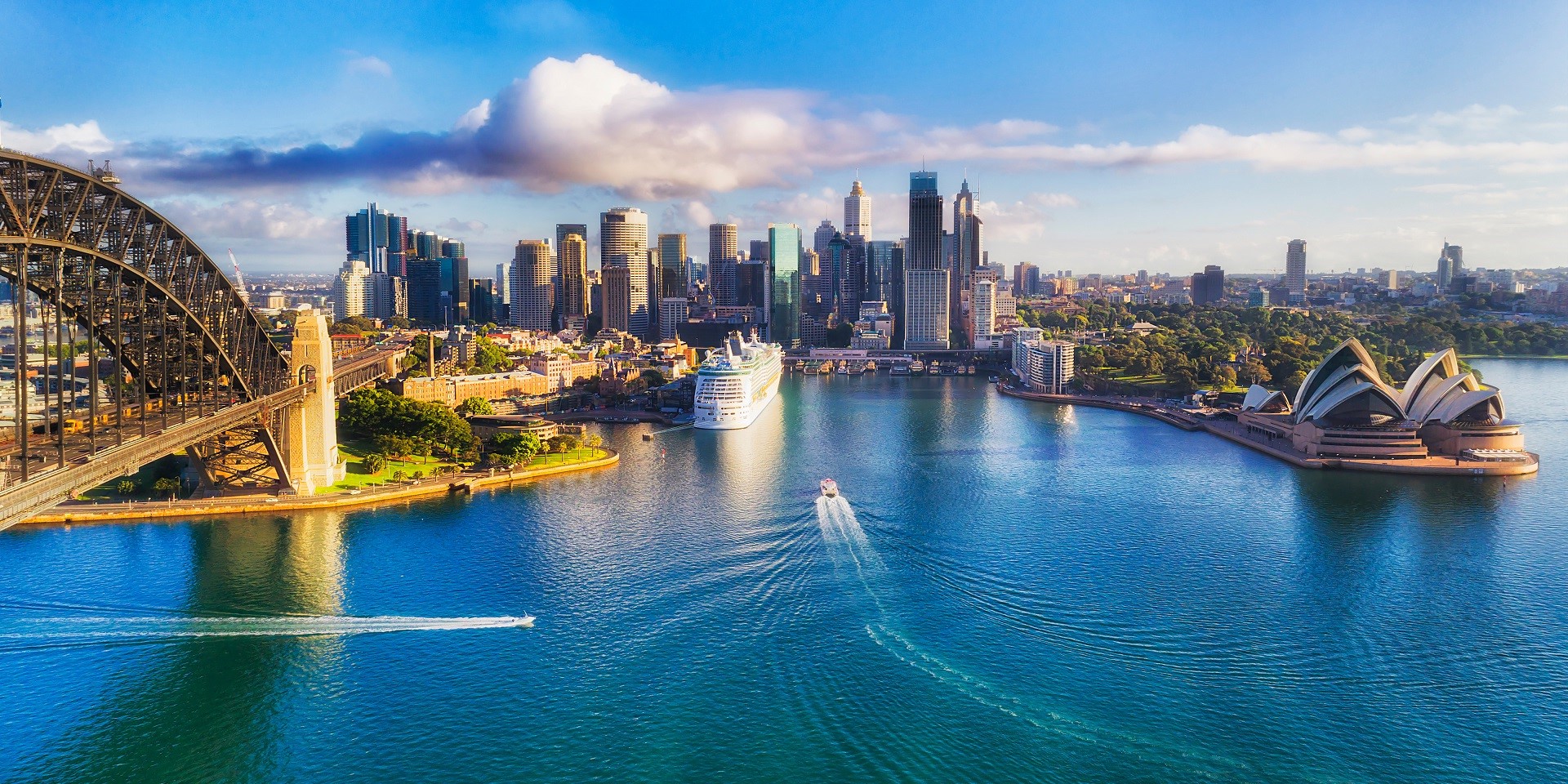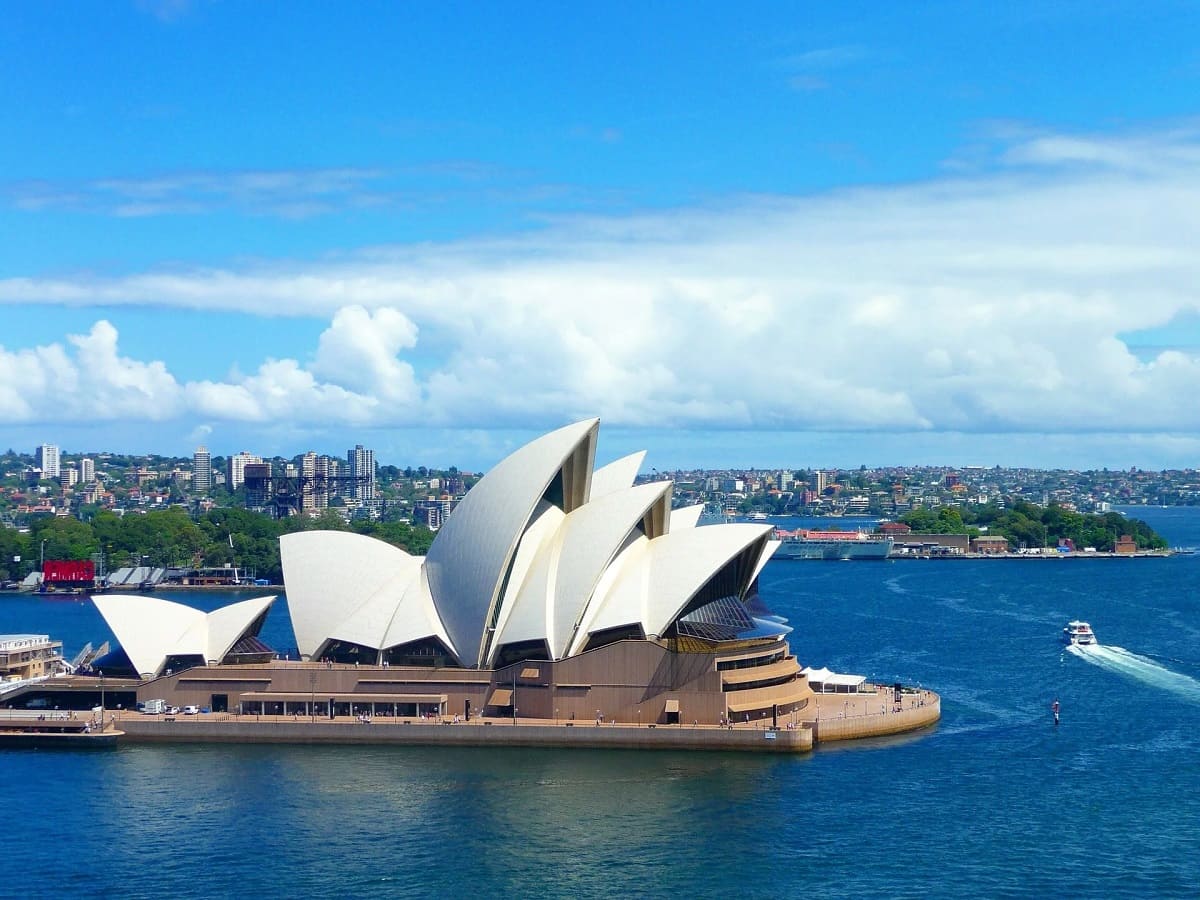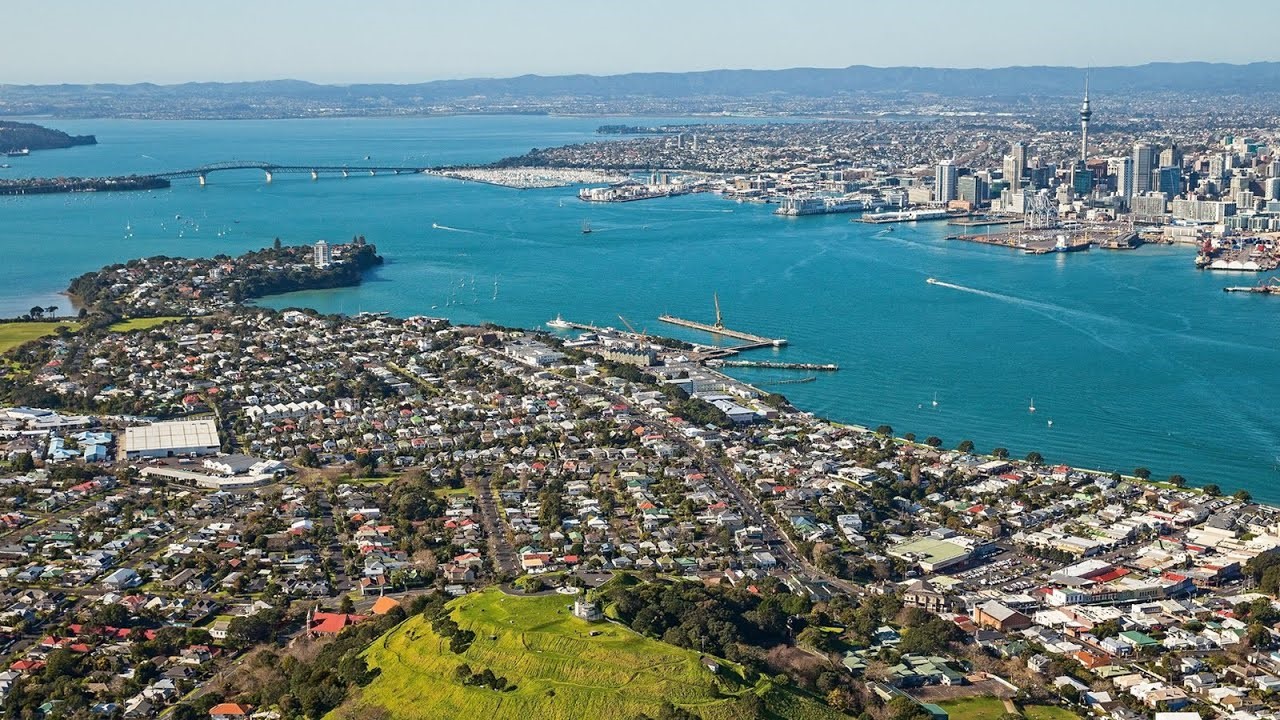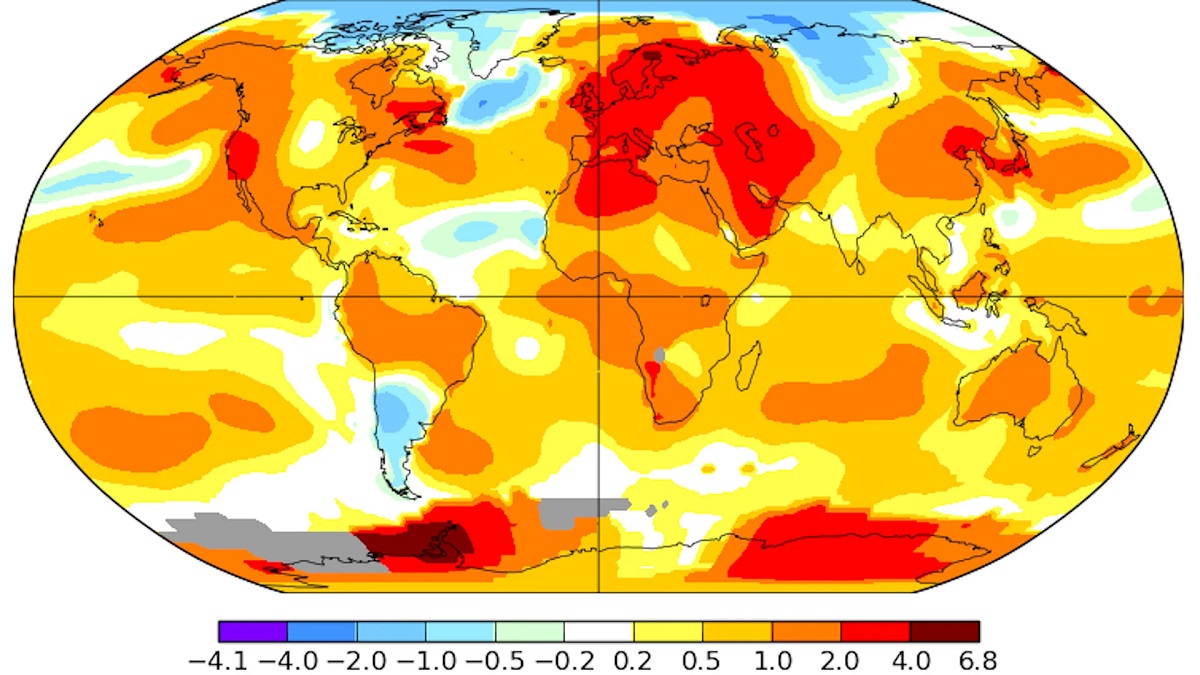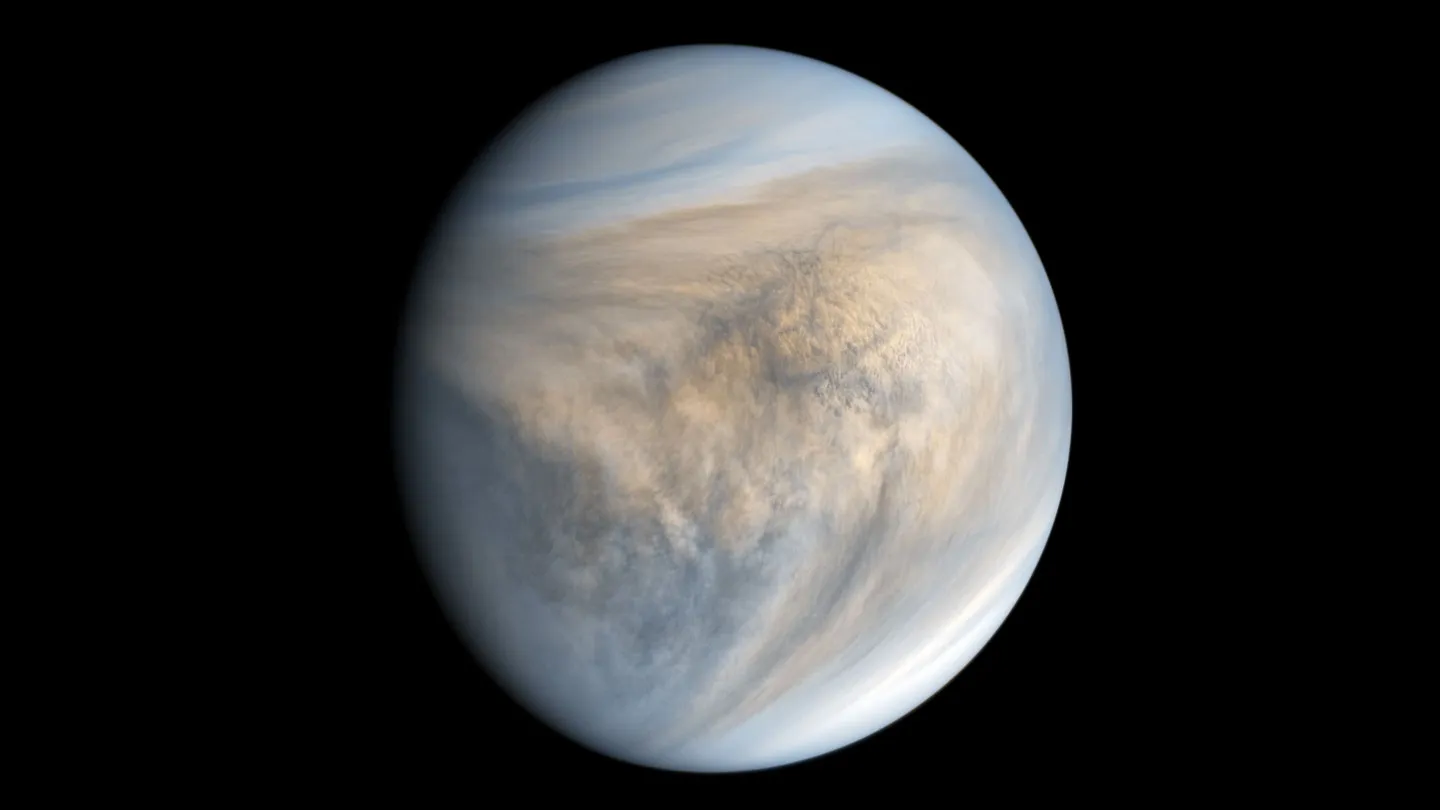Home>Weather and Climate>Melbourne Australia’s Current Temperature
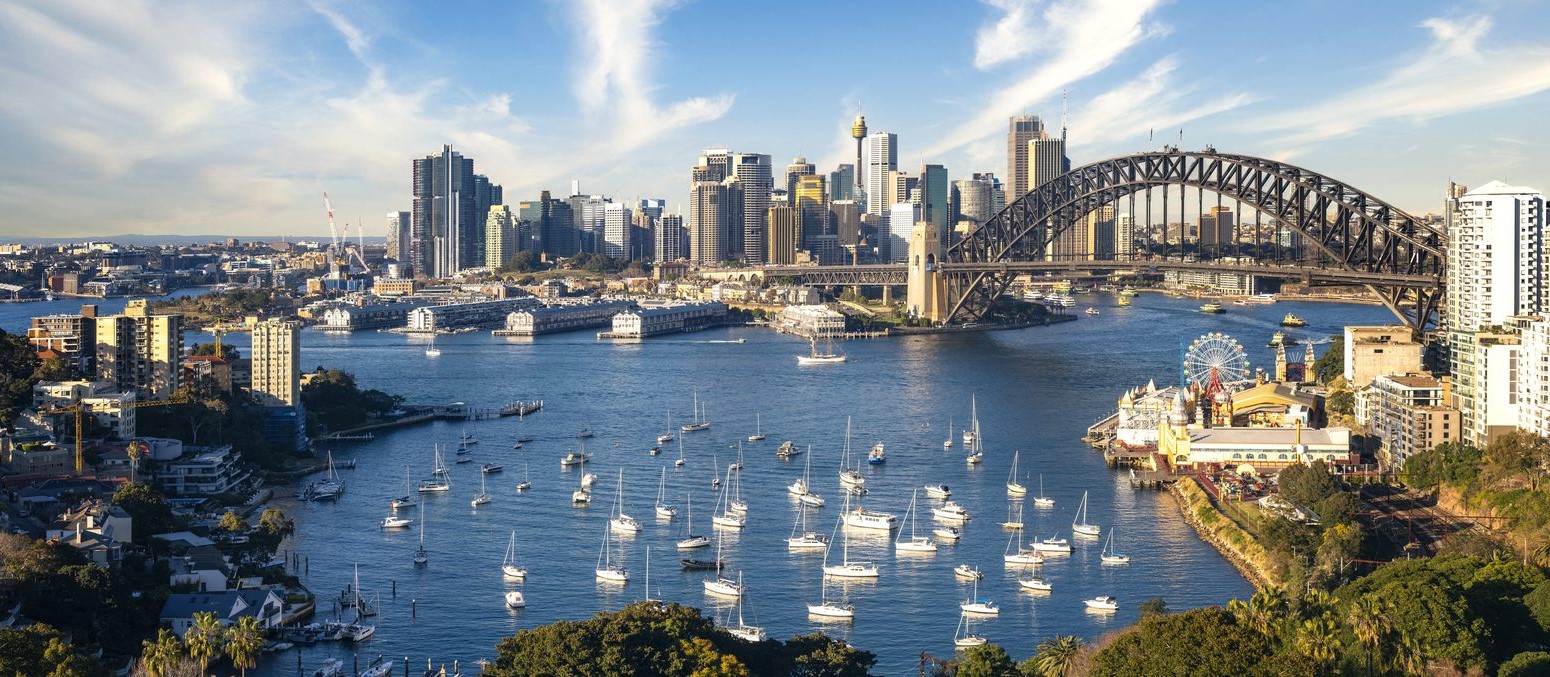

Weather and Climate
Melbourne Australia’s Current Temperature
Published: March 6, 2024
Discover Melbourne, Australia's current temperature and weather conditions. Learn about the climate in Melbourne and plan your visit accordingly. Stay informed with up-to-date weather information.
(Many of the links in this article redirect to a specific reviewed product. Your purchase of these products through affiliate links helps to generate commission for Temperatures.com, at no extra cost. Learn more)
Table of Contents
Introduction
Melbourne, the coastal capital of the Australian state of Victoria, is renowned for its vibrant culture, stunning architecture, and diverse culinary scene. However, one of the most influential aspects of Melbourne's allure is its ever-changing weather and climate. The city's climate is characterized by its variability, often experiencing four seasons in a day, earning it the moniker "the city of four seasons in one day." This unique climate makes Melbourne a fascinating and dynamic place to live and visit.
Understanding the current temperature in Melbourne is crucial for residents and visitors alike, as it directly impacts daily activities, attire choices, and overall comfort. Whether it's a scorching summer day or a chilly winter evening, being aware of the current temperature allows individuals to plan their day effectively and adapt to the prevailing weather conditions.
In this article, we will delve into the intricacies of Melbourne's climate, explore the factors that influence its current temperature, and discuss the impact of temperature variations on daily life. Additionally, we will provide valuable insights on how to stay comfortable in Melbourne's diverse temperature ranges, ensuring that you can make the most of your time in this captivating city. So, let's embark on a journey to unravel the fascinating world of Melbourne's current temperature and its multifaceted influence on the city's inhabitants.
Read more: Understanding Australia’s Summer Climate
Understanding Melbourne's Climate
Melbourne's climate is characterized by its variability and unpredictability, often leading to the popular adage "four seasons in one day." This phrase encapsulates the city's reputation for experiencing rapid and dramatic shifts in weather patterns. The climate in Melbourne is influenced by a myriad of factors, including its geographical location, topography, and proximity to the ocean.
Geographically, Melbourne is situated in the southeastern part of Australia, where it experiences a temperate climate. The city's proximity to the coast contributes to its maritime climate, leading to milder and more moderate temperature variations compared to inland areas. The presence of Port Phillip Bay also plays a crucial role in shaping Melbourne's climate, acting as a moderating influence on temperature extremes.
Furthermore, Melbourne's topography, characterized by a mix of urban landscapes, parks, and water bodies, contributes to microclimatic variations across the city. The urban heat island effect, caused by the concentration of buildings and infrastructure, can lead to slightly higher temperatures in the city center compared to the surrounding suburbs and rural areas.
The city's weather patterns are also influenced by the Southern Ocean and the nearby Antarctic region. Cold fronts originating from the Southern Ocean can bring sudden drops in temperature and gusty winds, contributing to the city's reputation for rapidly changing weather conditions.
In addition to these geographical and topographical factors, Melbourne's climate is also influenced by seasonal variations. The city experiences distinct seasons, with warm summers, cool autumns, cold winters, and mild springs. However, it's important to note that these seasons are not always clearly demarcated, and Melbourne often experiences unseasonal weather patterns, adding to the city's climatic unpredictability.
Understanding Melbourne's climate requires an appreciation of its dynamic and multifaceted nature. The interplay of geographical, topographical, and seasonal factors contributes to the city's unique climate, making it a captivating and ever-changing environment to explore and experience.
Factors Affecting Melbourne's Current Temperature
Melbourne's current temperature is influenced by a myriad of factors that collectively shape the city's dynamic and ever-changing climate. Understanding these factors is essential for comprehending the fluctuations in temperature that Melbourne experiences throughout the year. Here are the key elements that contribute to Melbourne's current temperature:
1. Geographical Location:
Melbourne's position in the southeastern part of Australia exposes it to diverse weather systems. The city's proximity to the Southern Ocean and the Antarctic region significantly impacts its temperature. The Southern Ocean acts as a source of moisture and moderates the temperature, while cold fronts originating from the Antarctic region can bring sudden drops in temperature, especially during winter.
2. Maritime Climate:
The presence of Port Phillip Bay and the city's coastal location contribute to Melbourne's maritime climate. The bay acts as a moderating influence on temperature extremes, leading to milder and more moderate temperature variations compared to inland areas. The maritime climate also influences the frequency of rainfall and humidity levels, further affecting the perceived temperature.
Read more: Ocean Currents Impact on City Temperatures
3. Urban Heat Island Effect:
The urban landscape of Melbourne, characterized by a mix of buildings, roads, and infrastructure, gives rise to the urban heat island effect. This phenomenon leads to slightly higher temperatures in the city center compared to the surrounding suburbs and rural areas. The concentration of heat-absorbing materials and reduced green spaces in urban areas contributes to this localized temperature difference.
4. Topographical Variations:
Melbourne's diverse topography, encompassing urban areas, parks, and water bodies, contributes to microclimatic variations across the city. The presence of green spaces and water bodies can influence local temperature and humidity levels, creating pockets of cooler environments within the urban landscape.
5. Seasonal Variations:
The distinct seasonal variations in Melbourne, including warm summers, cool autumns, cold winters, and mild springs, play a pivotal role in shaping the city's current temperature. However, the boundaries between these seasons are often blurred, leading to unseasonal weather patterns and temperature fluctuations throughout the year.
6. Weather Systems:
Melbourne's current temperature is also influenced by the movement of weather systems, including high and low-pressure systems, cold fronts, and warm air masses. These dynamic weather patterns contribute to the city's reputation for experiencing rapid and unpredictable changes in temperature.
By considering these factors, it becomes evident that Melbourne's current temperature is the result of a complex interplay of geographical, climatic, and environmental elements. The convergence of these factors creates a captivating and diverse climate that continually shapes the city's atmospheric conditions.
This comprehensive understanding of the factors affecting Melbourne's current temperature provides valuable insights into the city's climatic dynamics, enabling residents and visitors to adapt to the ever-changing weather patterns and make informed decisions based on the prevailing temperature conditions.
Impact of Current Temperature on Daily Life
The current temperature in Melbourne exerts a profound influence on the daily lives of its residents and visitors, shaping a wide array of activities and decisions. The impact of temperature variations extends beyond mere comfort, permeating aspects of social interactions, outdoor pursuits, and overall well-being. Understanding how the current temperature affects daily life is essential for navigating the dynamic climate of Melbourne.
1. Attire and Comfort:
The fluctuating temperature in Melbourne necessitates a versatile approach to dressing. During hot summer days, lightweight and breathable clothing becomes essential to combat the heat, while cooler evenings may require layers or jackets for comfort. In contrast, chilly winter days call for warm attire, including coats, scarves, and gloves, to stay cozy and shielded from the cold. The current temperature directly influences individuals' clothing choices, impacting their comfort and well-being throughout the day.
2. Outdoor Activities:
The current temperature significantly influences the feasibility and enjoyment of outdoor activities. On scorching days, seeking shade and staying hydrated are crucial, while cooler temperatures may encourage outdoor excursions such as picnics in parks or leisurely strolls. Additionally, temperature variations can impact the appeal of outdoor events and gatherings, shaping the social fabric of the city's vibrant community.
3. Energy Consumption:
Temperature fluctuations prompt adjustments in energy usage, particularly in relation to heating and cooling systems. During extreme heat, air conditioning becomes essential for maintaining indoor comfort, leading to increased energy consumption. Conversely, colder temperatures necessitate heating solutions, impacting energy usage patterns and household expenses. The current temperature directly influences energy consumption patterns, highlighting the interplay between climate and daily routines.
4. Health and Well-being:
The current temperature holds implications for health and well-being, particularly for vulnerable populations such as the elderly and young children. Heatwaves and extreme cold spells can pose health risks, necessitating proactive measures to ensure comfort and safety. Additionally, temperature variations can impact individuals' mood and overall sense of well-being, underscoring the psychological influence of climate on daily life.
5. Transportation and Commuting:
Temperature fluctuations can affect transportation and commuting patterns, influencing the choice of travel modes and routes. Extreme weather conditions, such as heavy rain or heatwaves, may impact the efficiency and comfort of commuting, prompting individuals to adapt their travel plans accordingly. The current temperature thus plays a role in shaping daily commuting experiences and travel decisions.
6. Economic Activities:
The current temperature also influences economic activities, particularly in sectors such as retail, hospitality, and tourism. Weather patterns can impact consumer behavior, influencing shopping preferences, dining choices, and leisure activities. Businesses often adapt their offerings and marketing strategies in response to temperature variations, recognizing the influence of climate on consumer behavior.
In essence, the current temperature in Melbourne permeates various facets of daily life, exerting a multifaceted influence on attire choices, outdoor pursuits, energy consumption, health considerations, commuting patterns, and economic activities. By recognizing the pervasive impact of temperature on daily life, individuals can adapt and thrive in the dynamic climate of Melbourne, embracing the city's ever-changing atmospheric conditions as an integral part of their daily experiences.
Ways to Stay Comfortable in Melbourne's Current Temperature
Staying comfortable in Melbourne's dynamic climate requires a proactive and adaptable approach to managing temperature variations. Whether facing sweltering summer heat or brisk winter chills, individuals can employ various strategies to enhance their comfort and well-being amidst the city's ever-changing weather patterns.
1. Dressing Strategically:
Adopting a strategic approach to dressing is essential for navigating Melbourne's fluctuating temperatures. During hot summer days, opting for lightweight, breathable fabrics and sun-protective clothing can help mitigate the heat's impact. In contrast, layering with insulating materials and donning weather-appropriate accessories, such as scarves and hats, becomes crucial during colder seasons. By adapting attire to the current temperature, individuals can maintain comfort and adaptability throughout the day.
2. Hydration and Sun Protection:
In response to soaring temperatures, prioritizing hydration and sun protection is paramount. Carrying a reusable water bottle and consuming adequate fluids helps combat dehydration, particularly during hot spells. Additionally, applying sunscreen and seeking shade when outdoors can shield individuals from the sun's intense rays, promoting both comfort and skin health.
3. Utilizing Climate-Controlled Spaces:
Leveraging climate-controlled environments, such as shopping centers, libraries, and indoor recreational facilities, offers respite from extreme temperatures. Seeking refuge in these spaces during heatwaves or cold snaps provides a comfortable retreat, allowing individuals to rejuvenate and escape the climatic extremes prevalent in outdoor settings.
4. Embracing Seasonal Activities:
Embracing seasonal activities that align with the current temperature can enhance comfort and enjoyment. Engaging in water-based recreational pursuits, such as swimming or visiting coastal areas, offers a refreshing reprieve during hot weather. Conversely, partaking in winter-themed activities, such as ice skating or exploring cozy cafes, provides opportunities to savor the unique charm of cooler temperatures.
Read more: July Weather In Australia: What To Expect
5. Adapting Indoor Environments:
Adapting indoor environments to align with the current temperature fosters comfort and well-being. Employing fans, air conditioning, or heating systems as needed helps regulate indoor climates, ensuring a comfortable living or working space. Additionally, incorporating thermal curtains, rugs, and draft excluders can enhance insulation and temperature control, creating cozy indoor sanctuaries.
6. Mindful Planning and Flexibility:
Mindful planning and flexibility are key to navigating Melbourne's diverse temperature ranges. Anticipating weather fluctuations and incorporating flexibility into daily schedules enables individuals to adjust plans based on the current temperature. Whether opting for indoor activities during extreme weather or embracing outdoor adventures in milder conditions, mindful planning fosters adaptability and comfort.
By embracing these strategies, individuals can navigate Melbourne's current temperature with confidence and resilience, optimizing their comfort and well-being in the face of the city's climatic variability. Embracing the dynamic nature of Melbourne's climate and implementing tailored approaches to stay comfortable empowers individuals to thrive amidst the city's ever-changing atmospheric conditions.
Conclusion
In conclusion, Melbourne's current temperature is a product of a complex interplay of geographical, climatic, and environmental factors, shaping the city's dynamic and ever-changing climate. The unique blend of its geographical location, maritime influences, urban landscape, topographical variations, seasonal dynamics, and weather systems collectively contribute to the captivating variability in Melbourne's temperature.
The impact of the current temperature extends beyond mere comfort, permeating various aspects of daily life, including attire choices, outdoor activities, energy consumption, health considerations, commuting patterns, and economic activities. The pervasive influence of temperature on daily routines underscores the need for proactive adaptation and resilience in navigating Melbourne's climatic fluctuations.
Despite the challenges posed by the city's ever-changing weather patterns, individuals can employ strategic approaches to enhance their comfort and well-being. From dressing strategically and prioritizing hydration to embracing seasonal activities and adapting indoor environments, there are numerous strategies to optimize comfort and resilience in the face of Melbourne's diverse temperature ranges.
Ultimately, understanding and embracing the dynamic nature of Melbourne's climate empowers residents and visitors to thrive amidst the city's atmospheric variability. By recognizing the multifaceted influence of the current temperature on daily life and implementing tailored strategies to stay comfortable, individuals can fully appreciate the captivating essence of Melbourne's climatic diversity.
As the city continues to evolve and adapt to its atmospheric nuances, the ability to navigate and embrace Melbourne's current temperature becomes an integral part of the collective experience, enriching the cultural tapestry and resilience of the vibrant metropolis. Melbourne's ever-changing climate, with its "four seasons in one day," remains a testament to the city's allure and dynamism, inviting individuals to engage with its atmospheric symphony and revel in the beauty of its climatic diversity.

